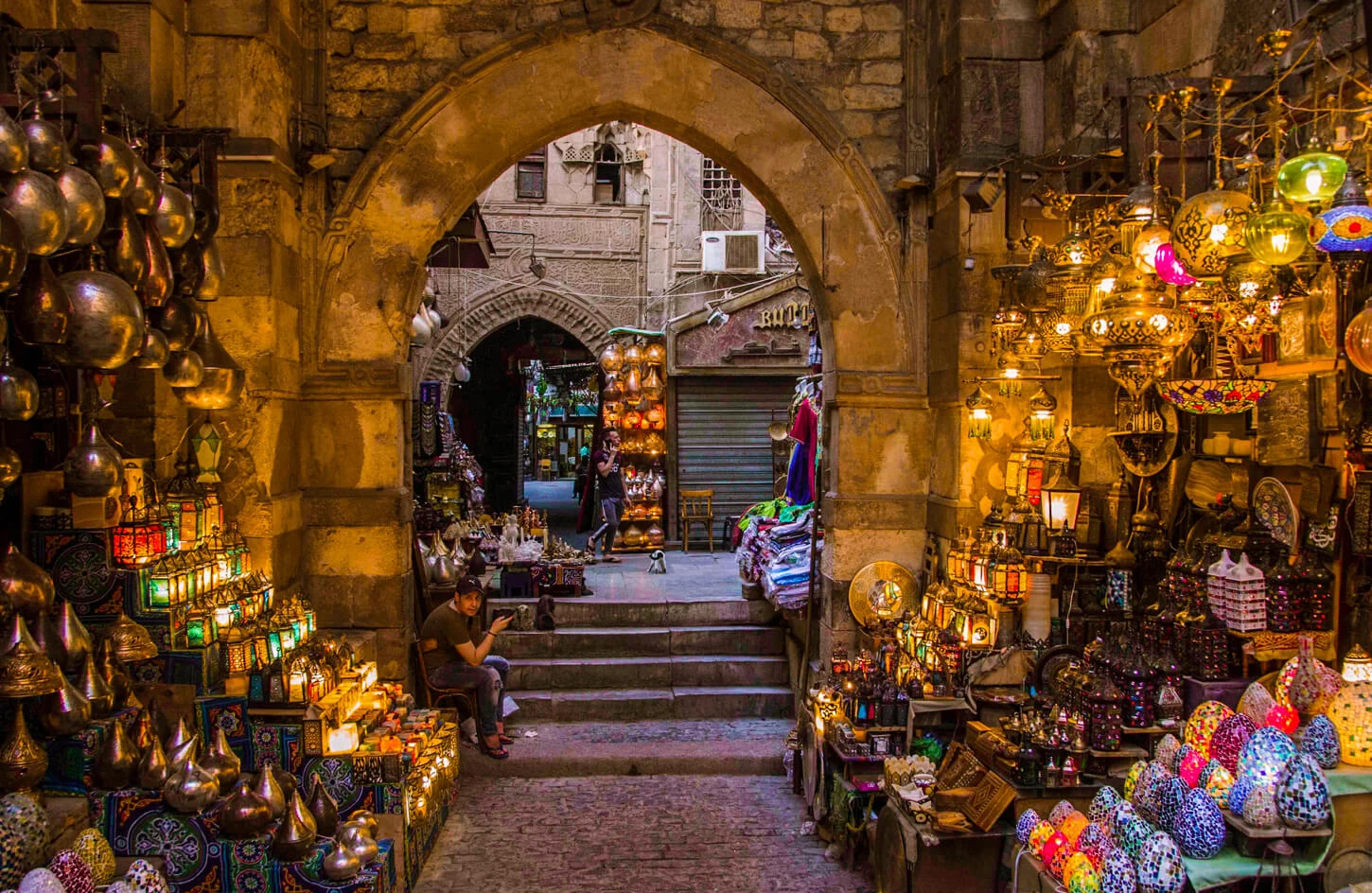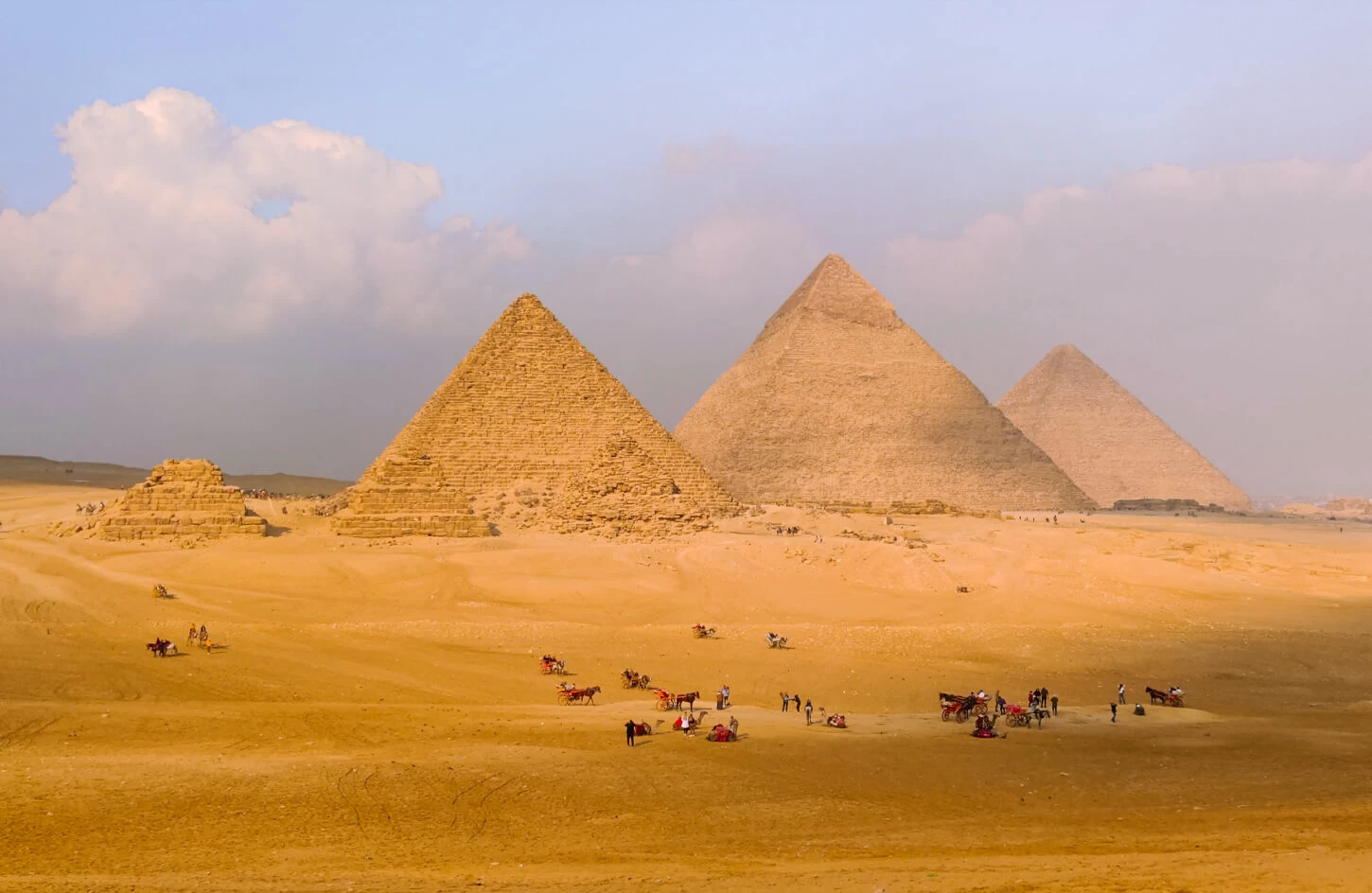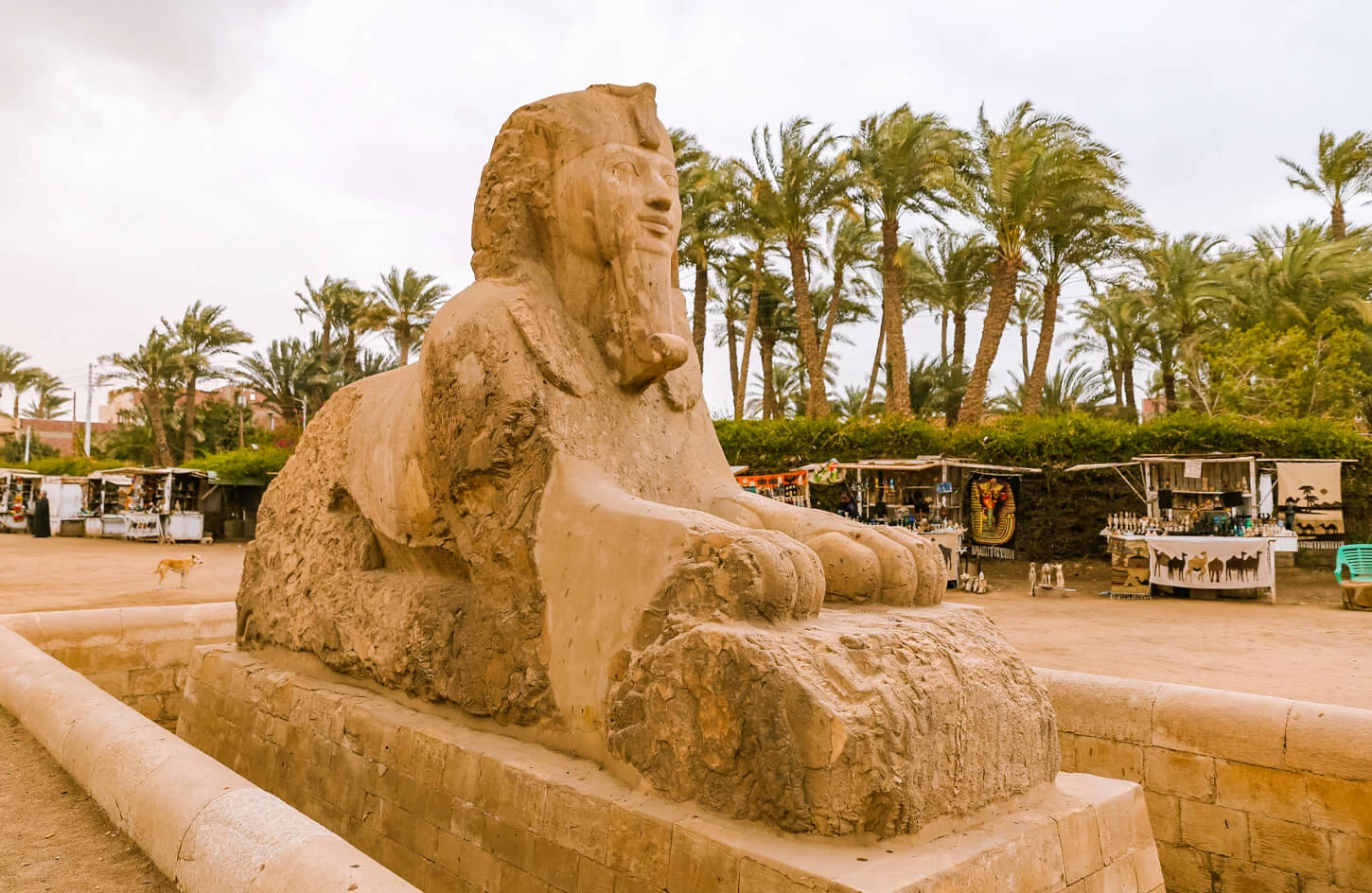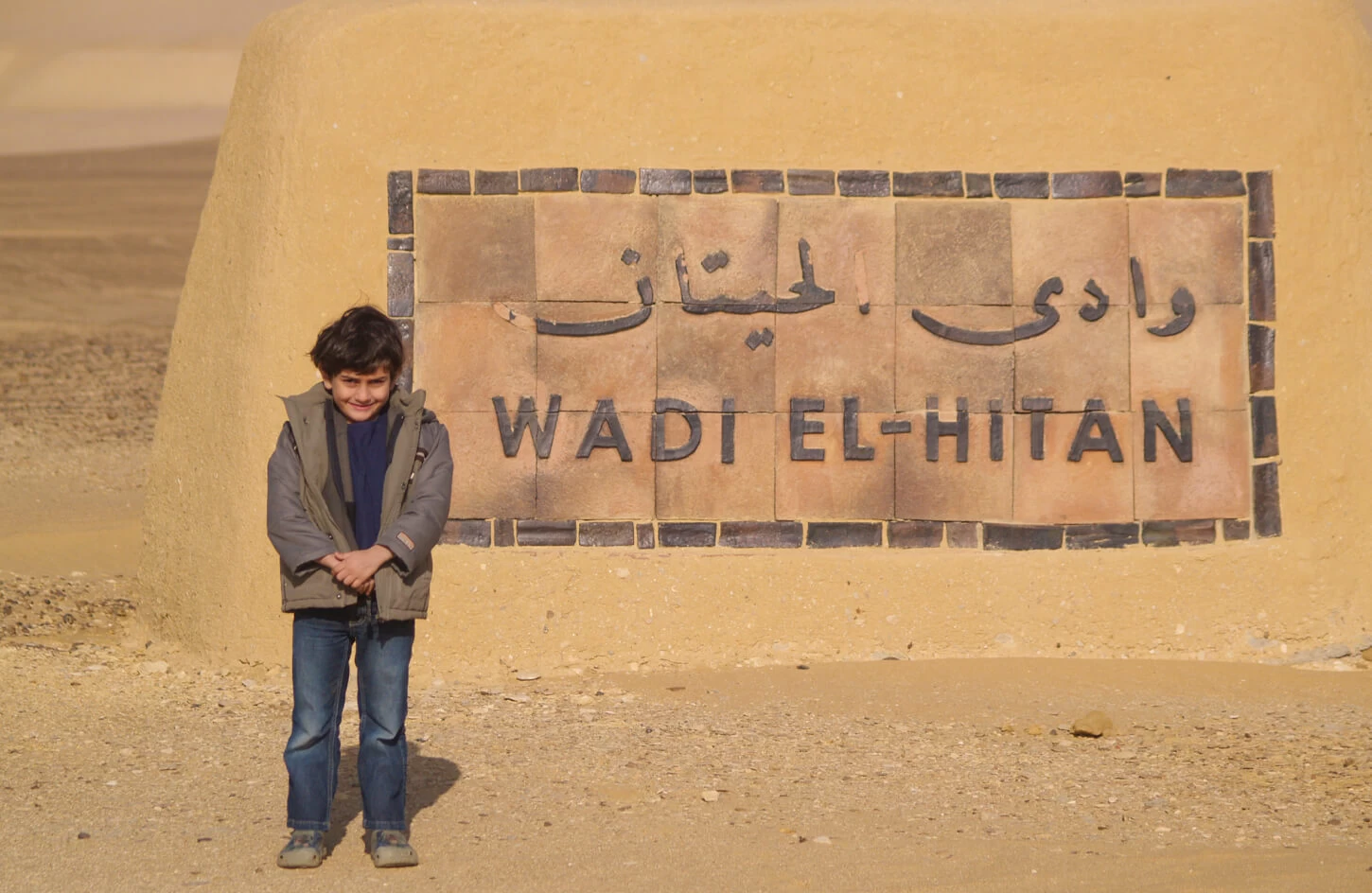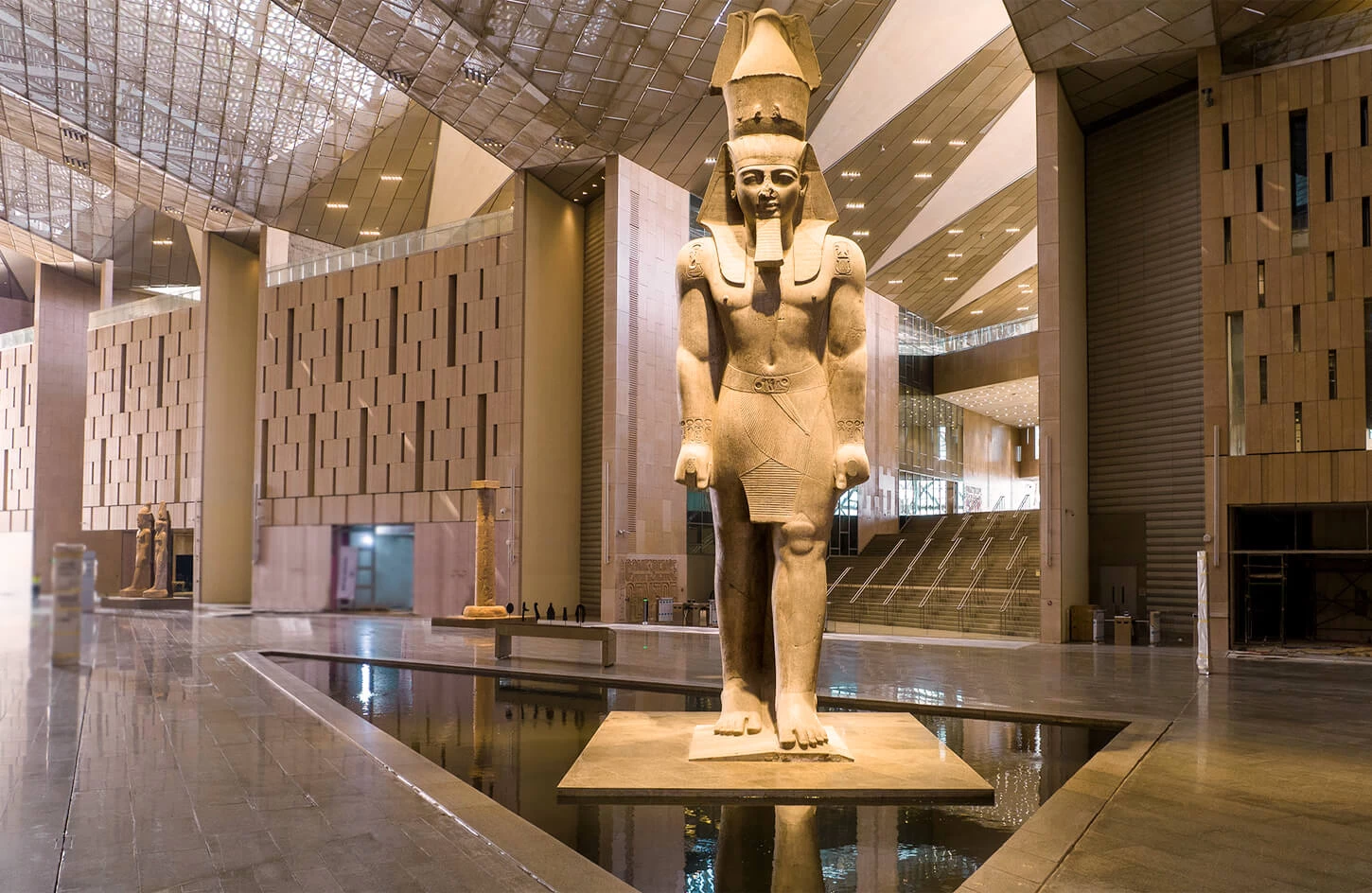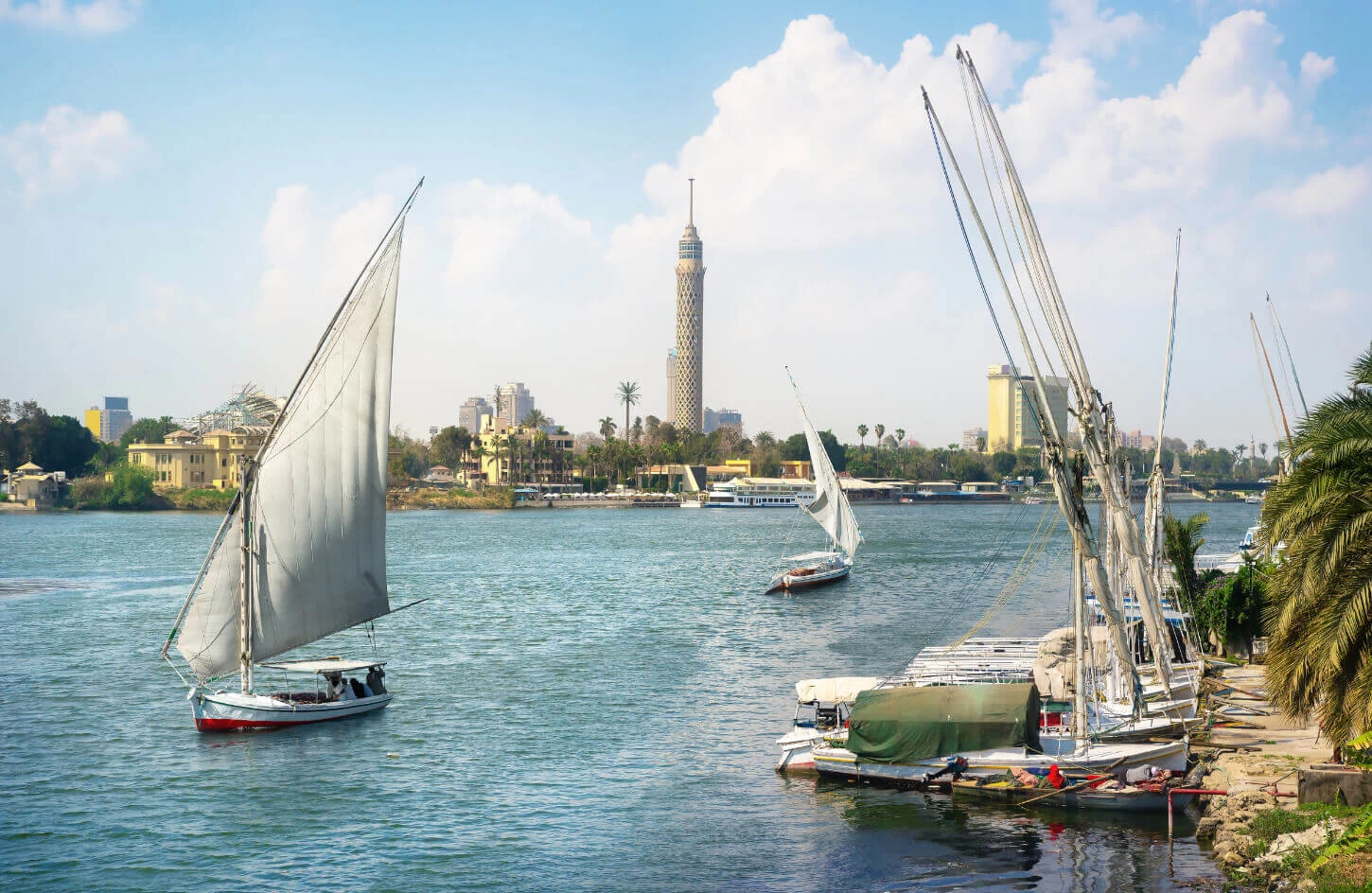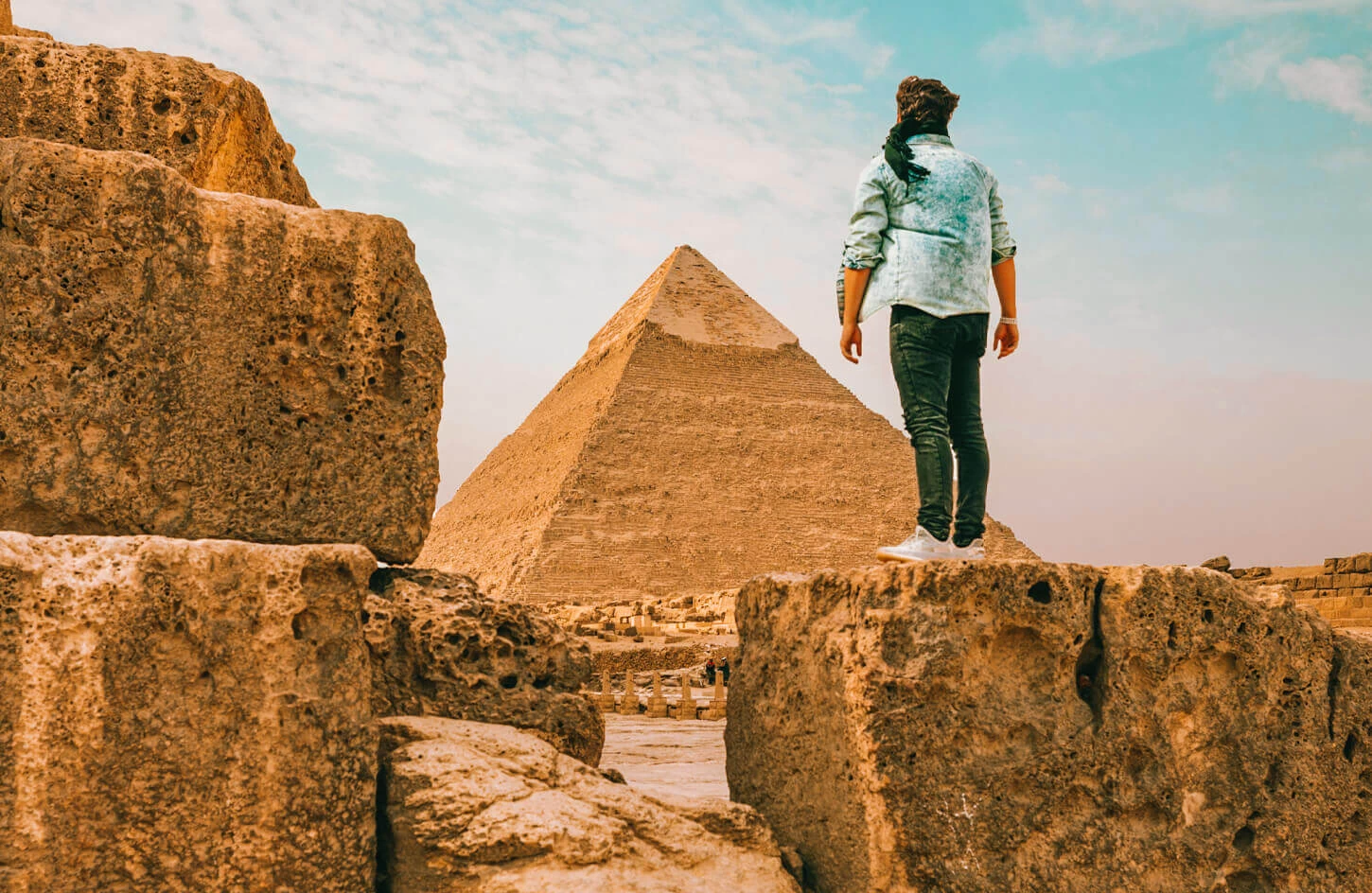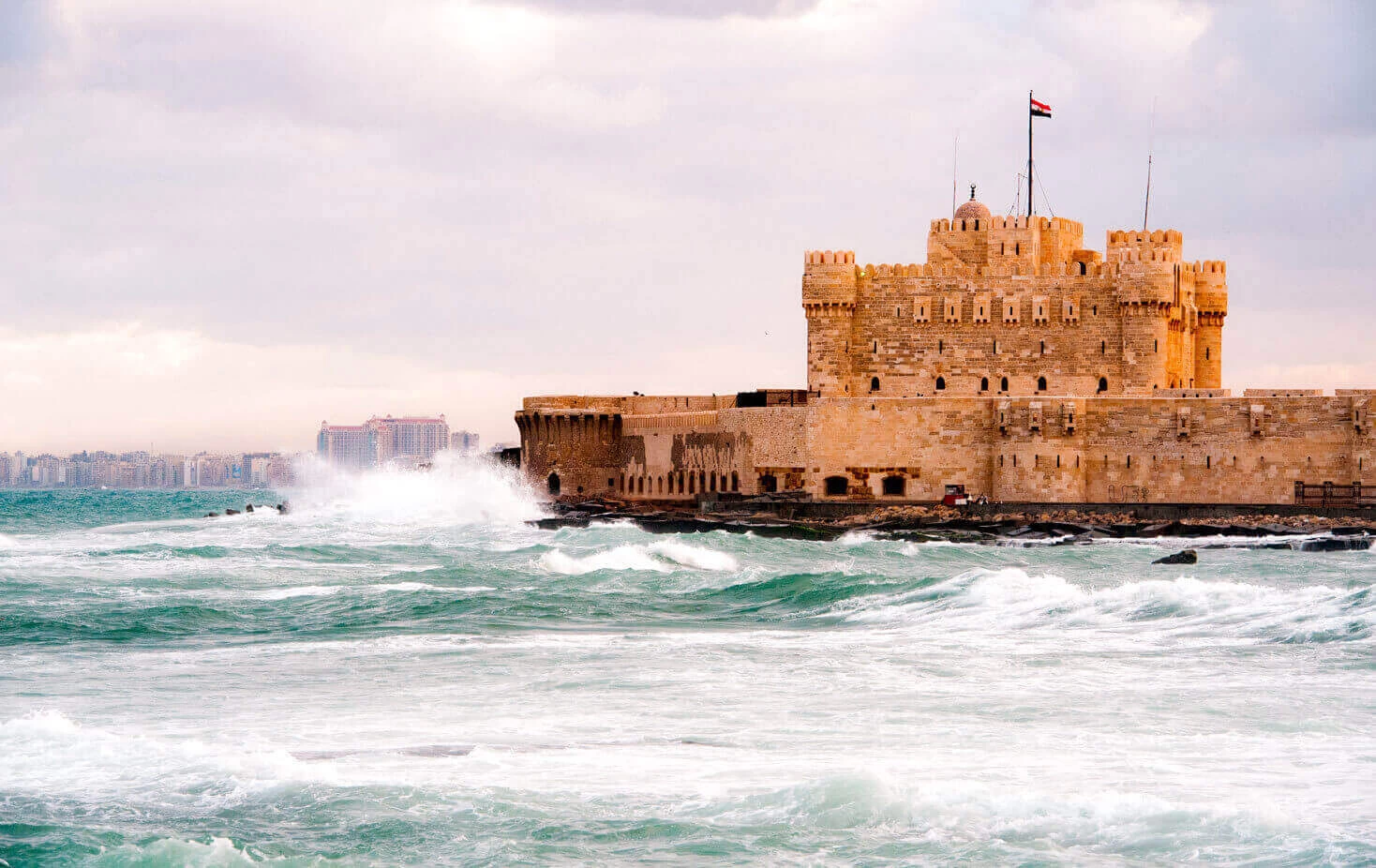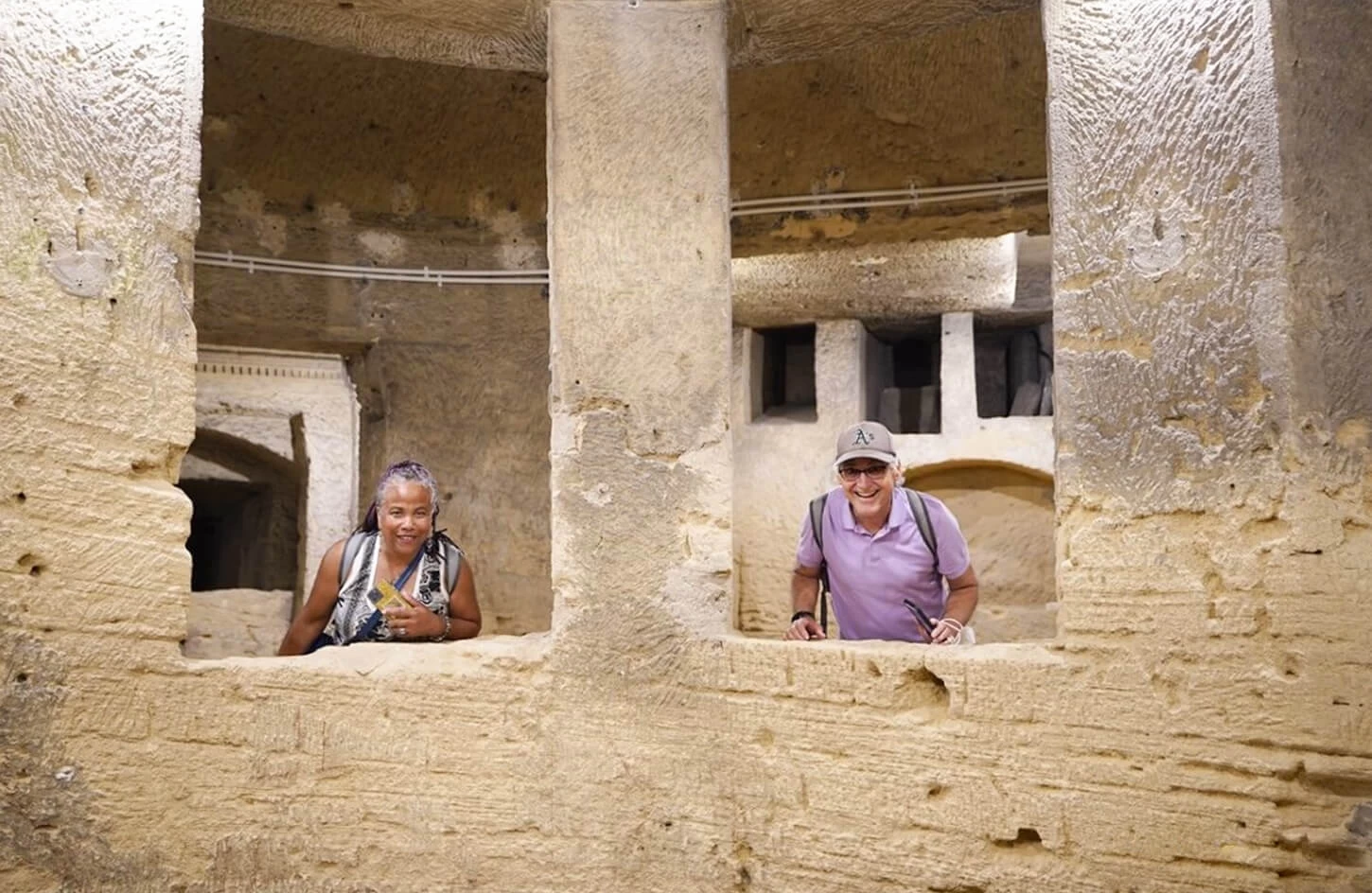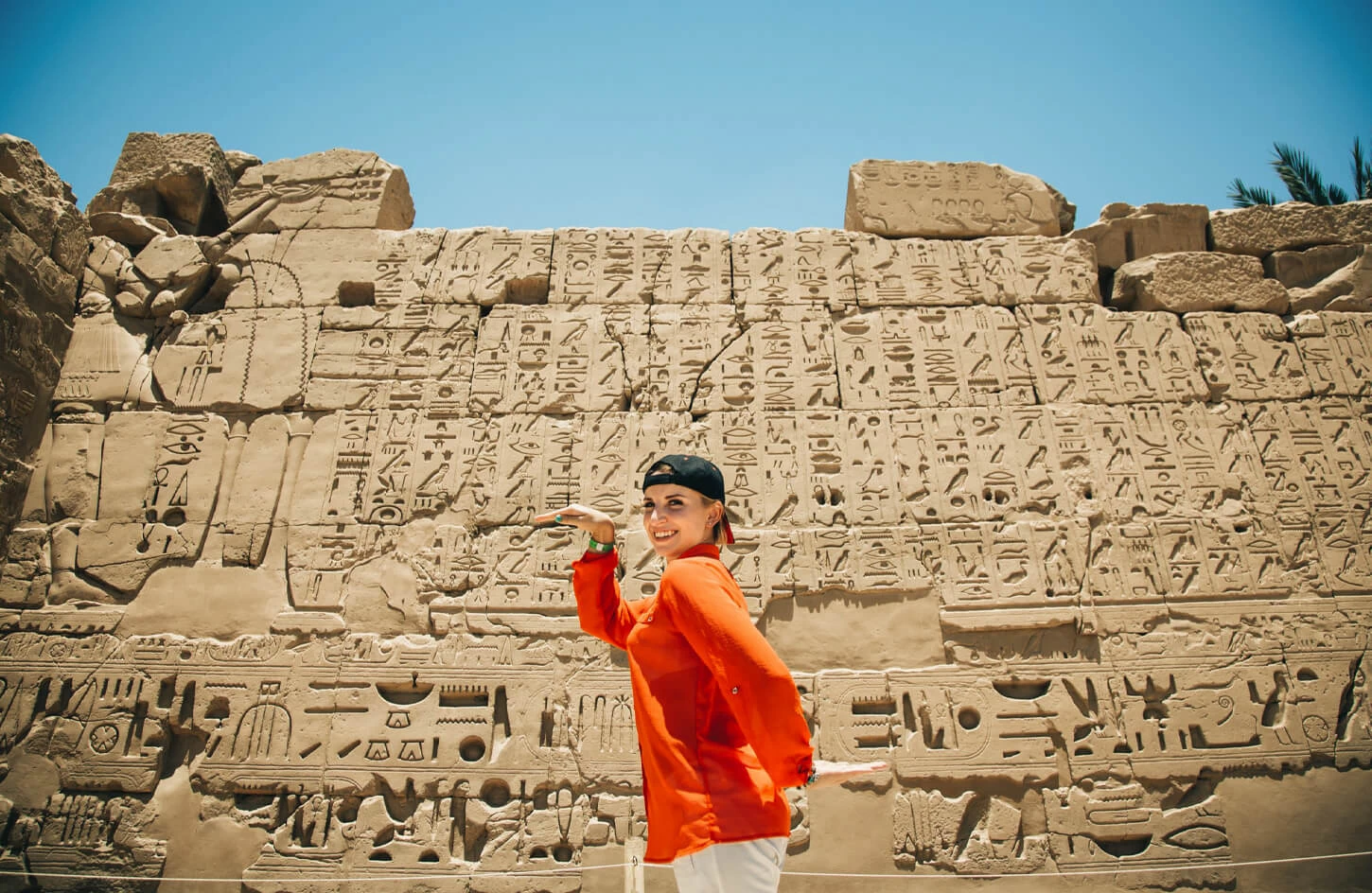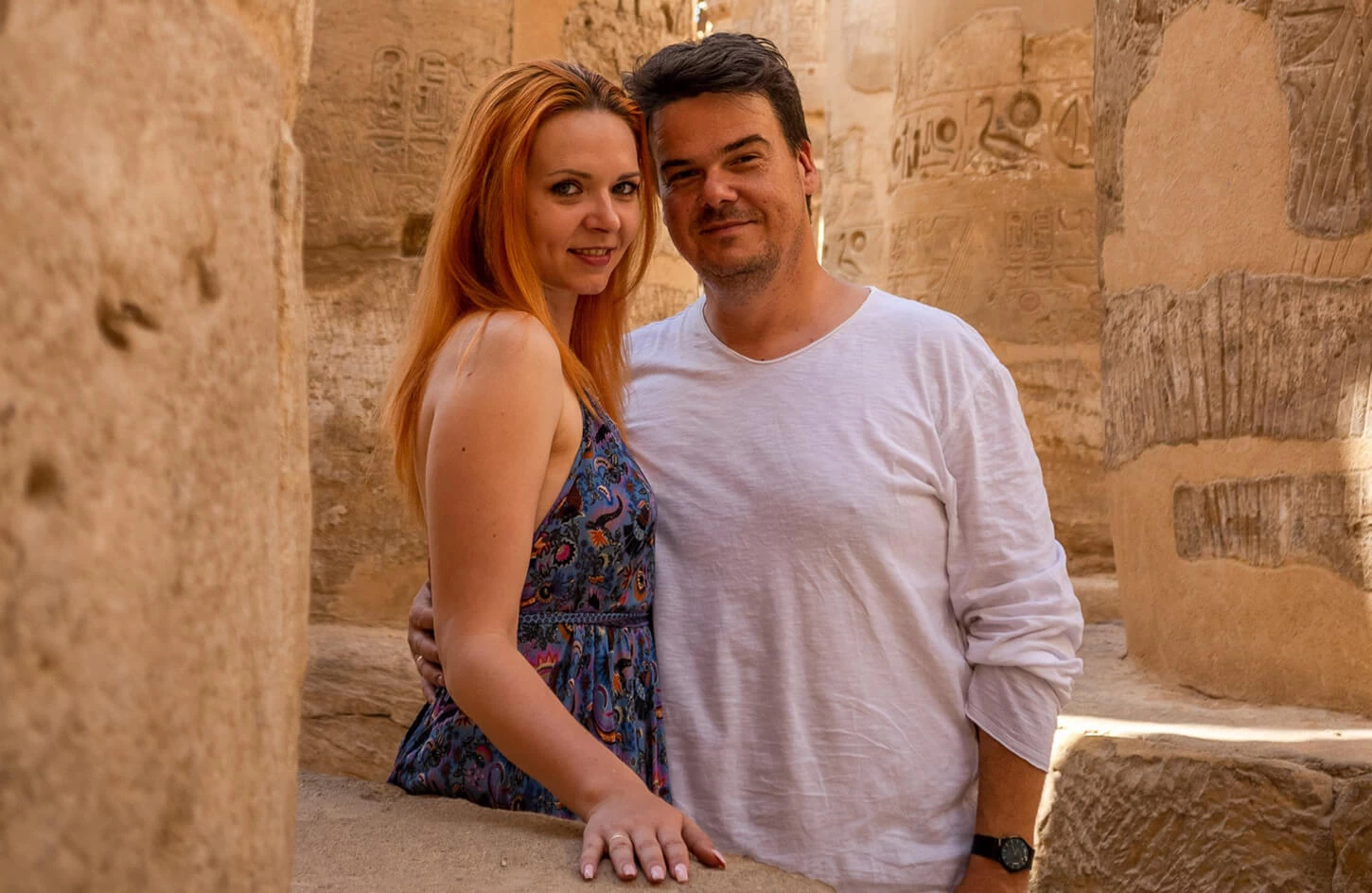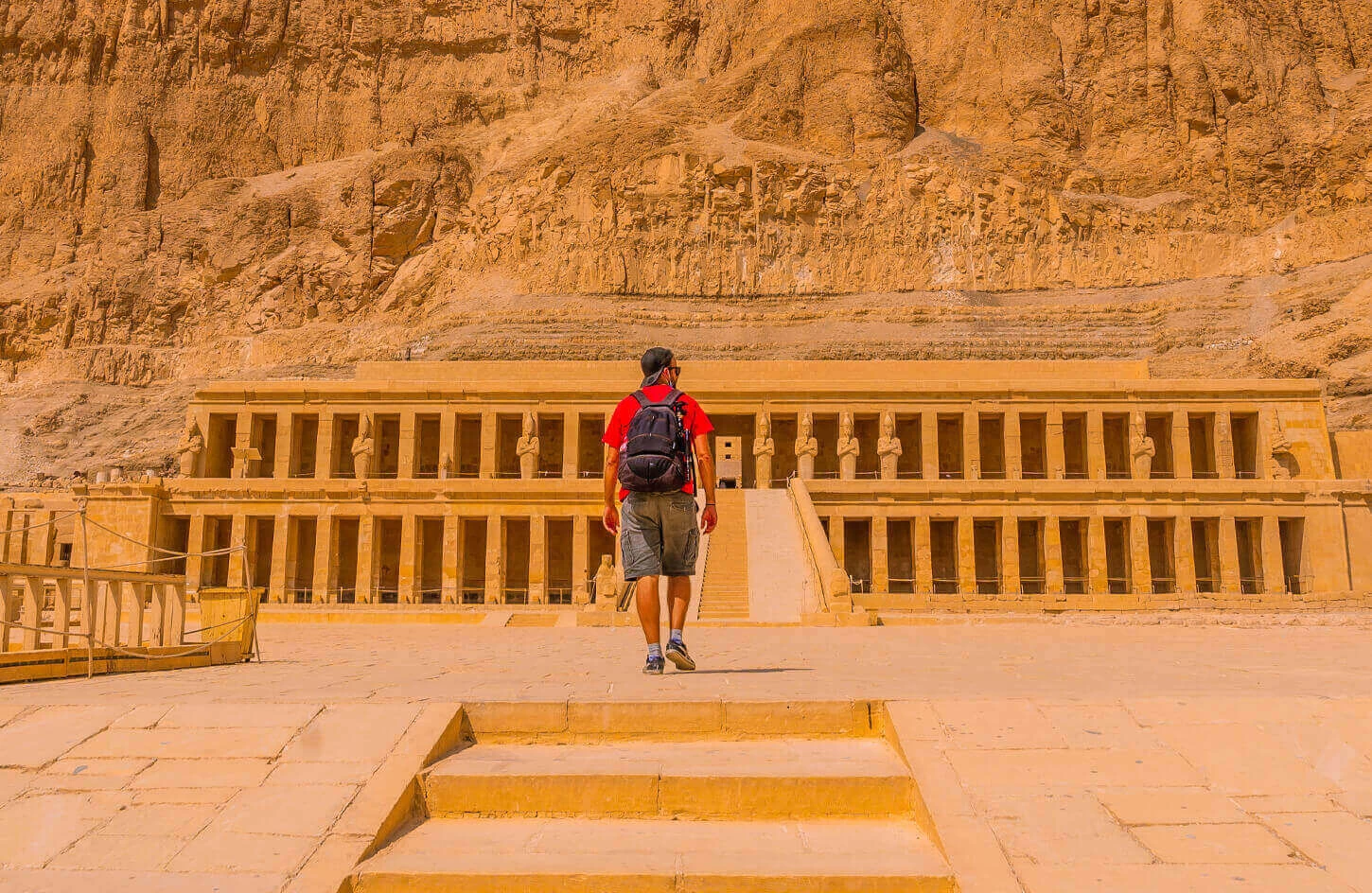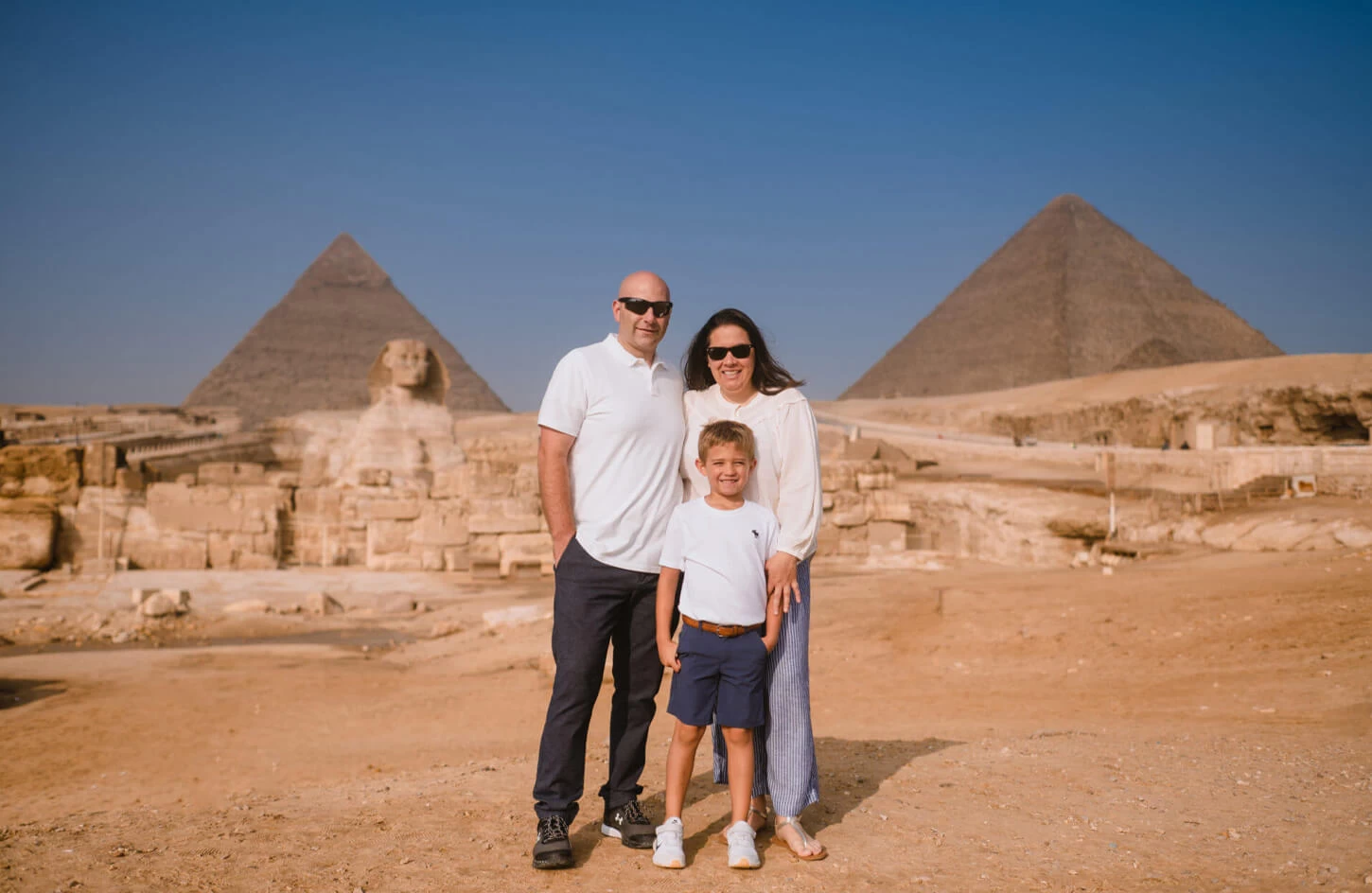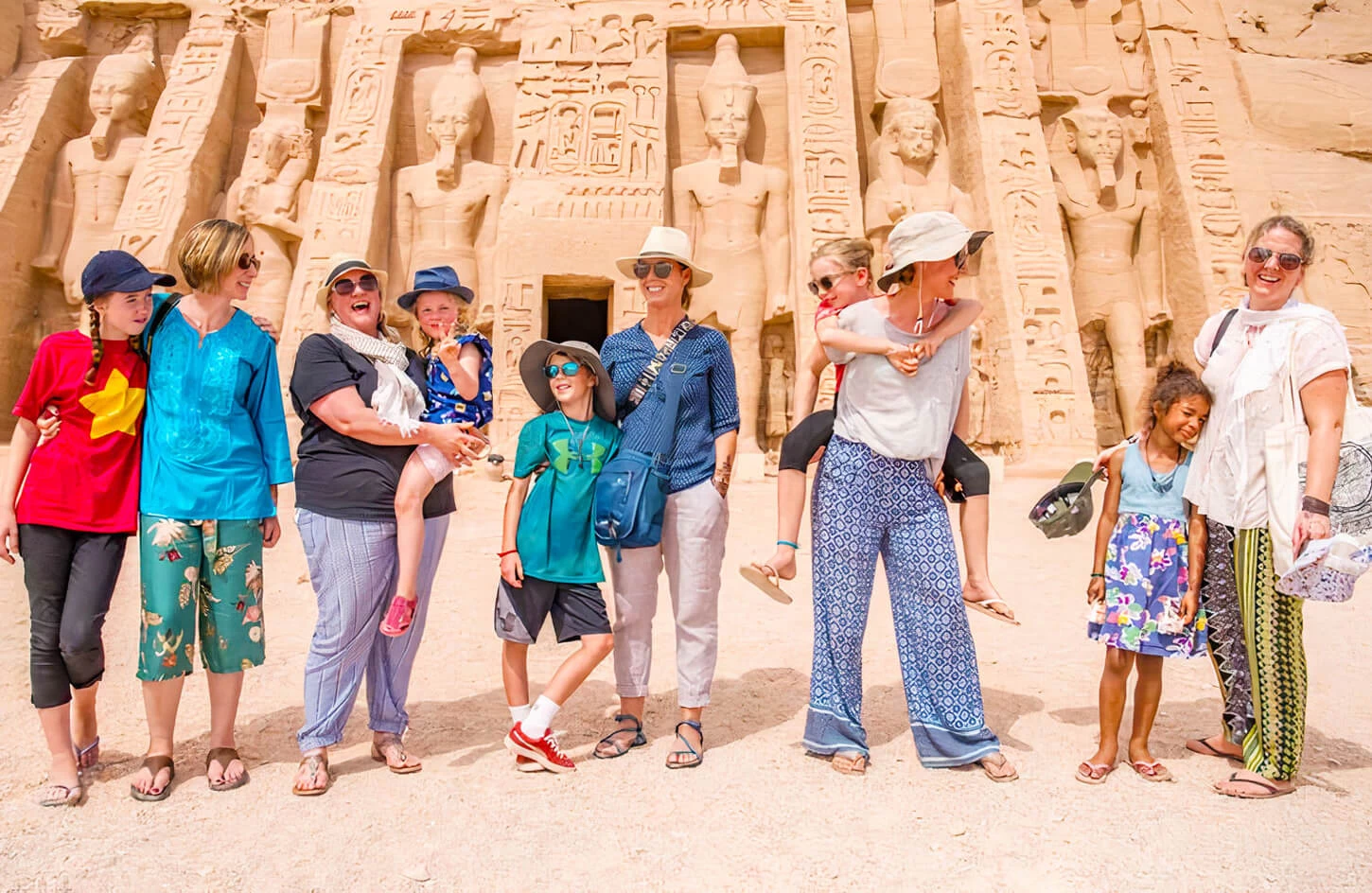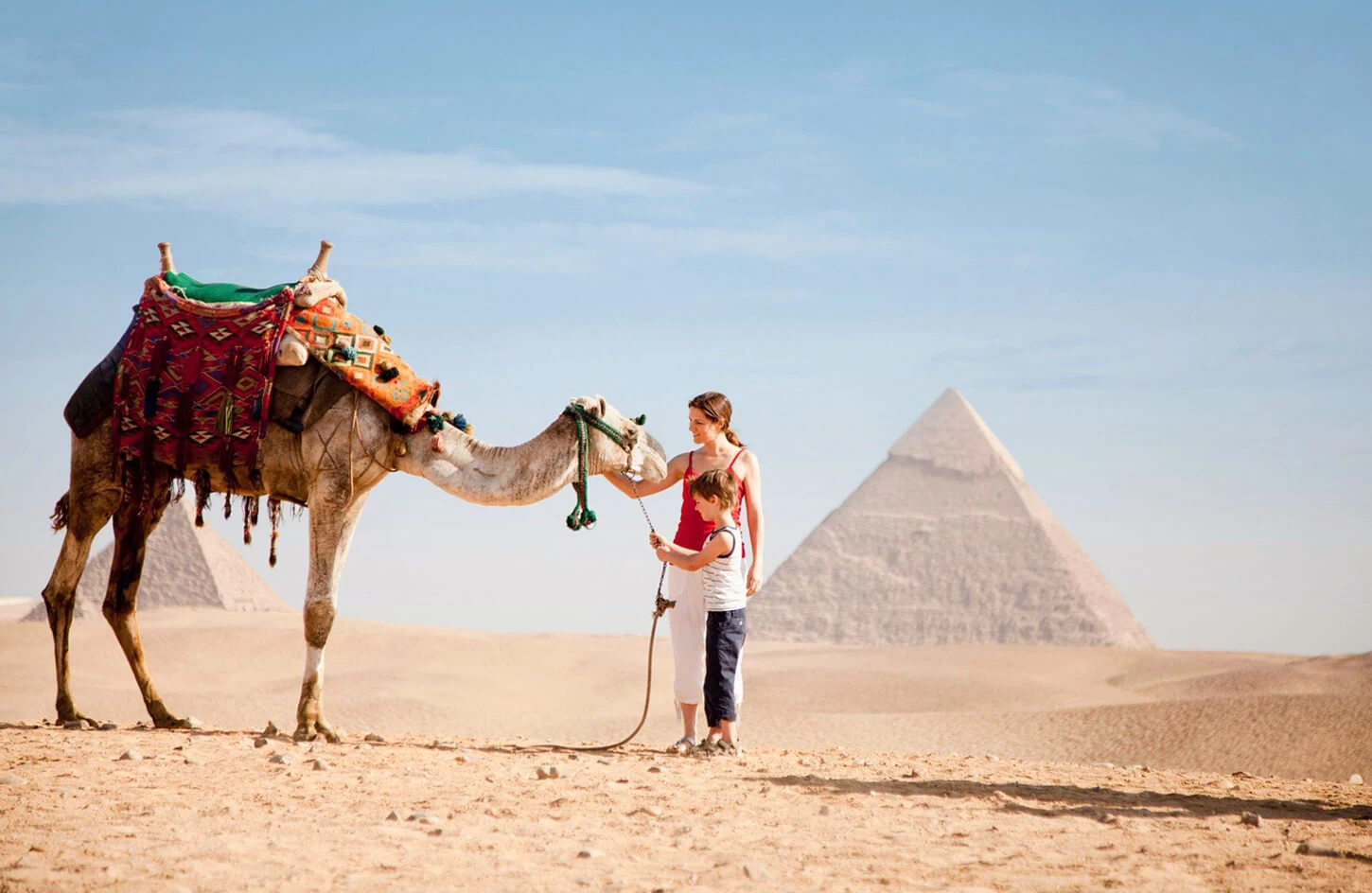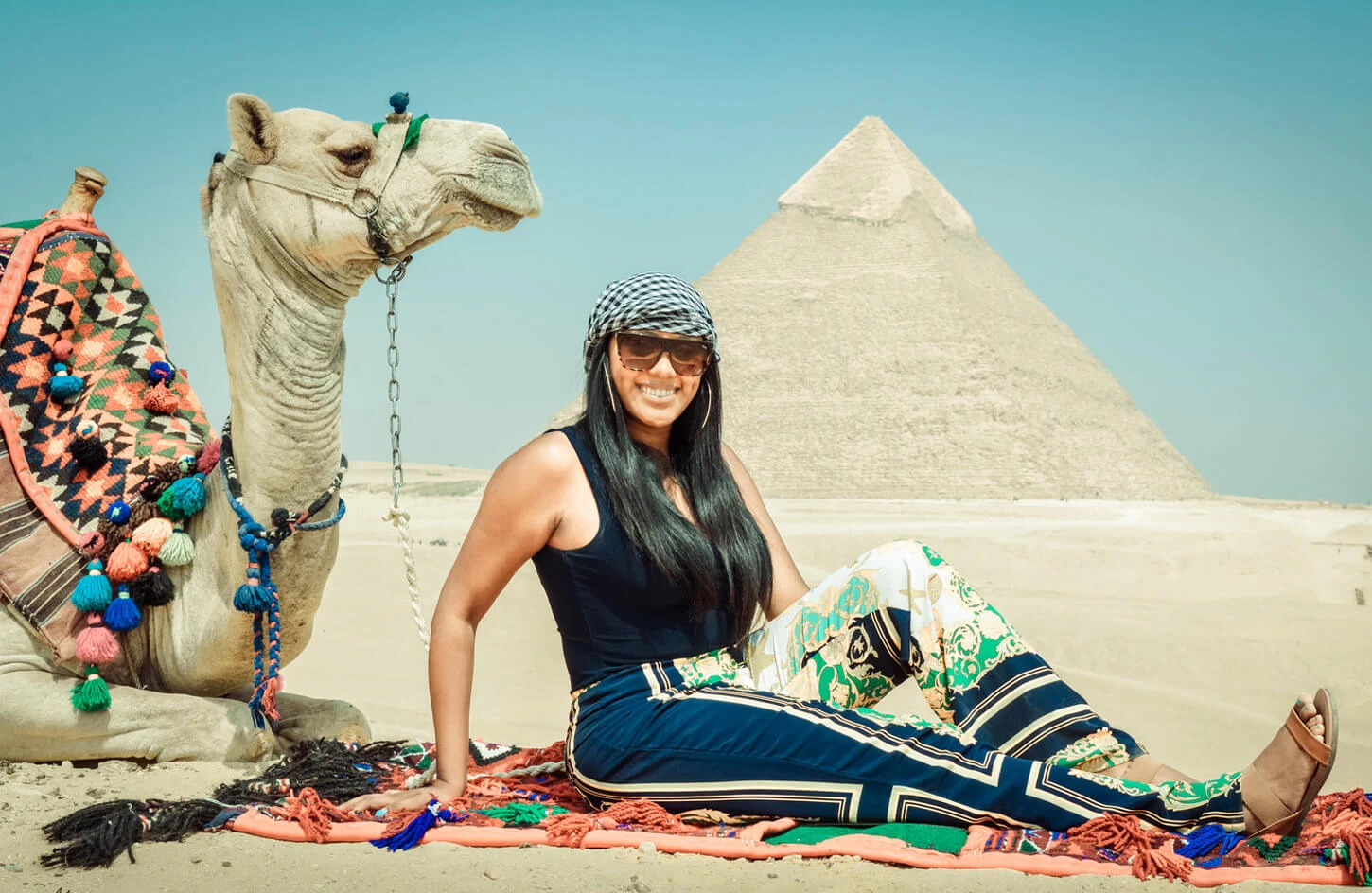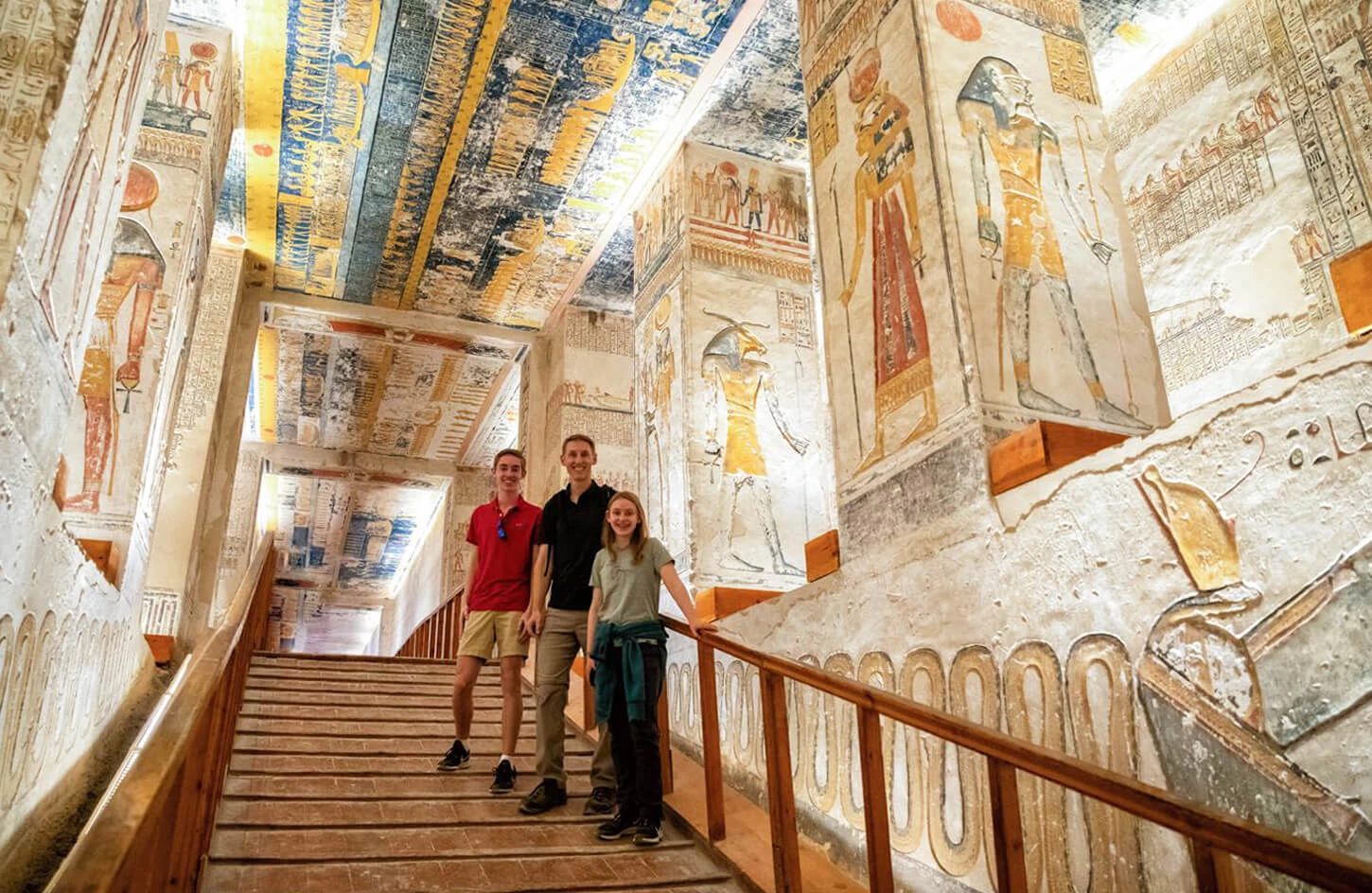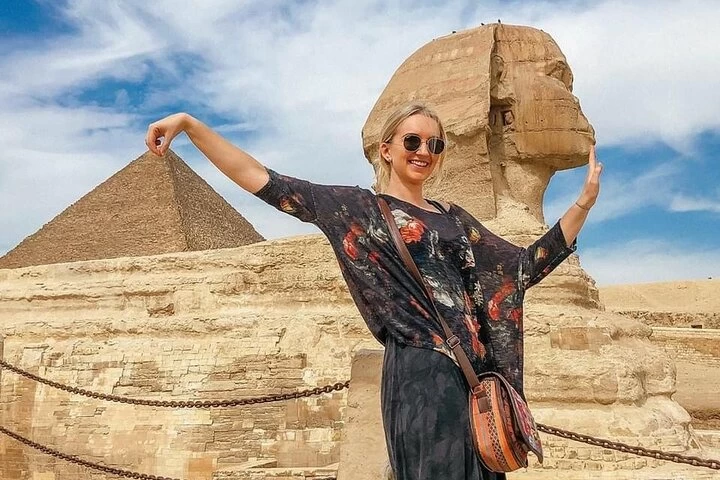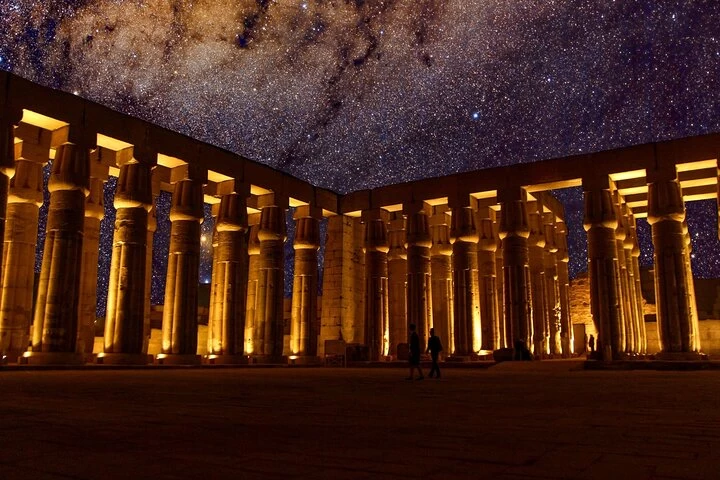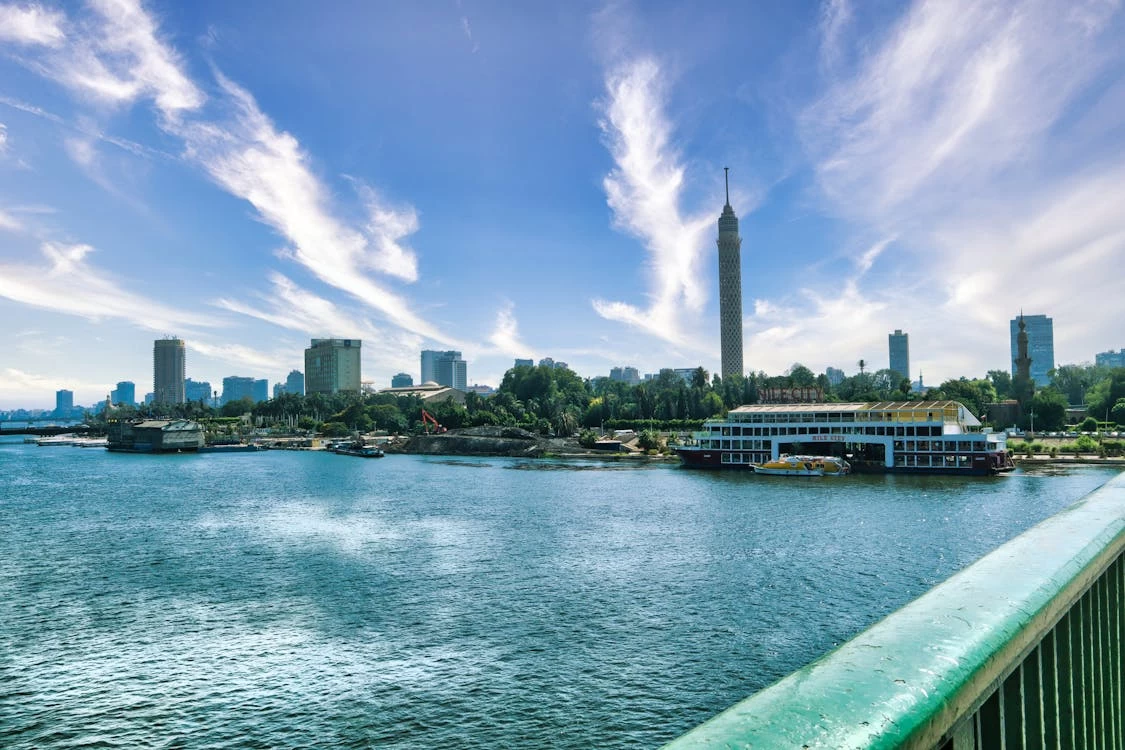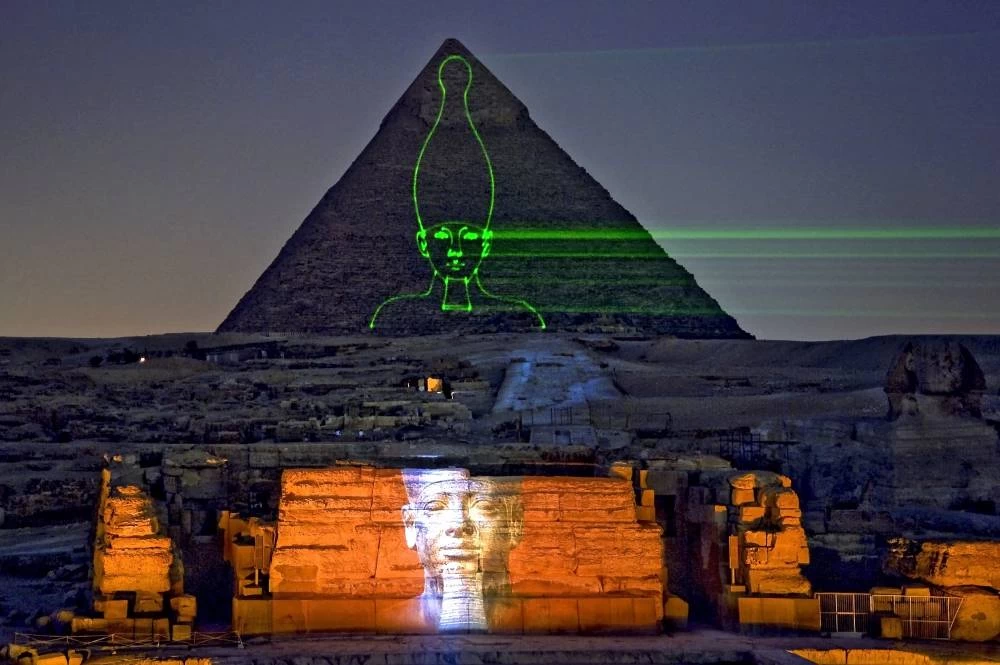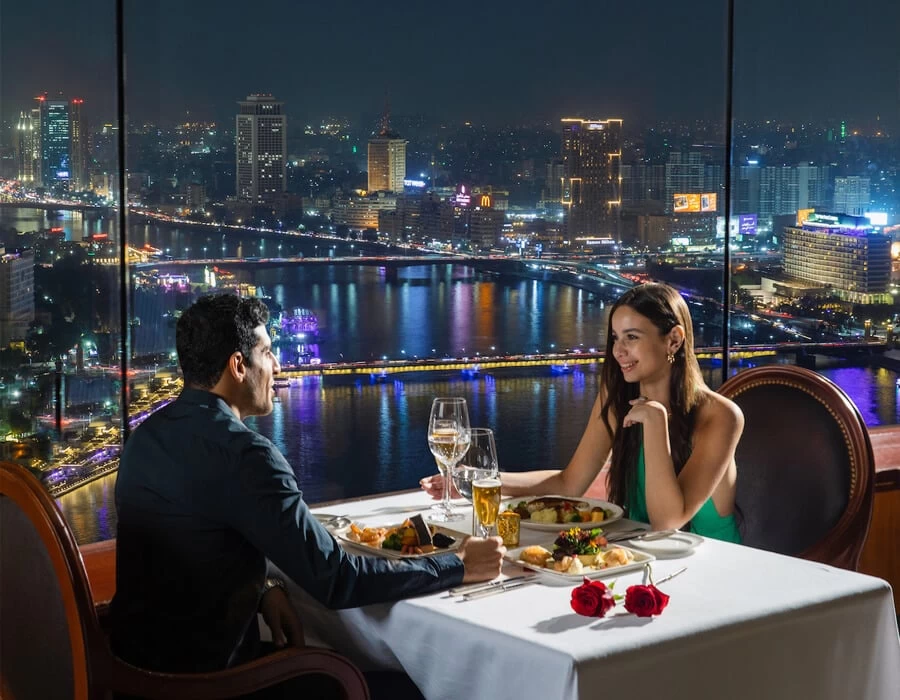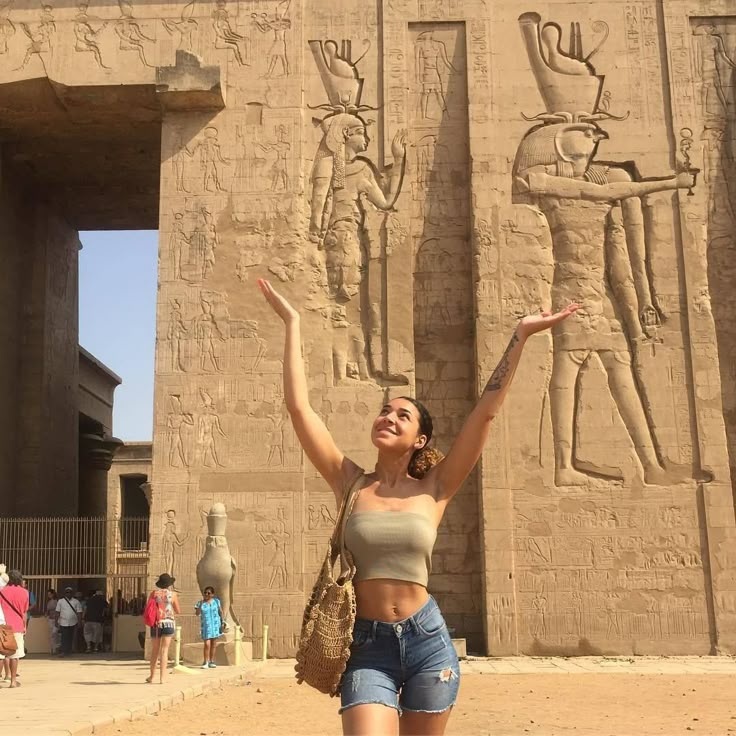Explore the Wonders of Islamic Cairo Today
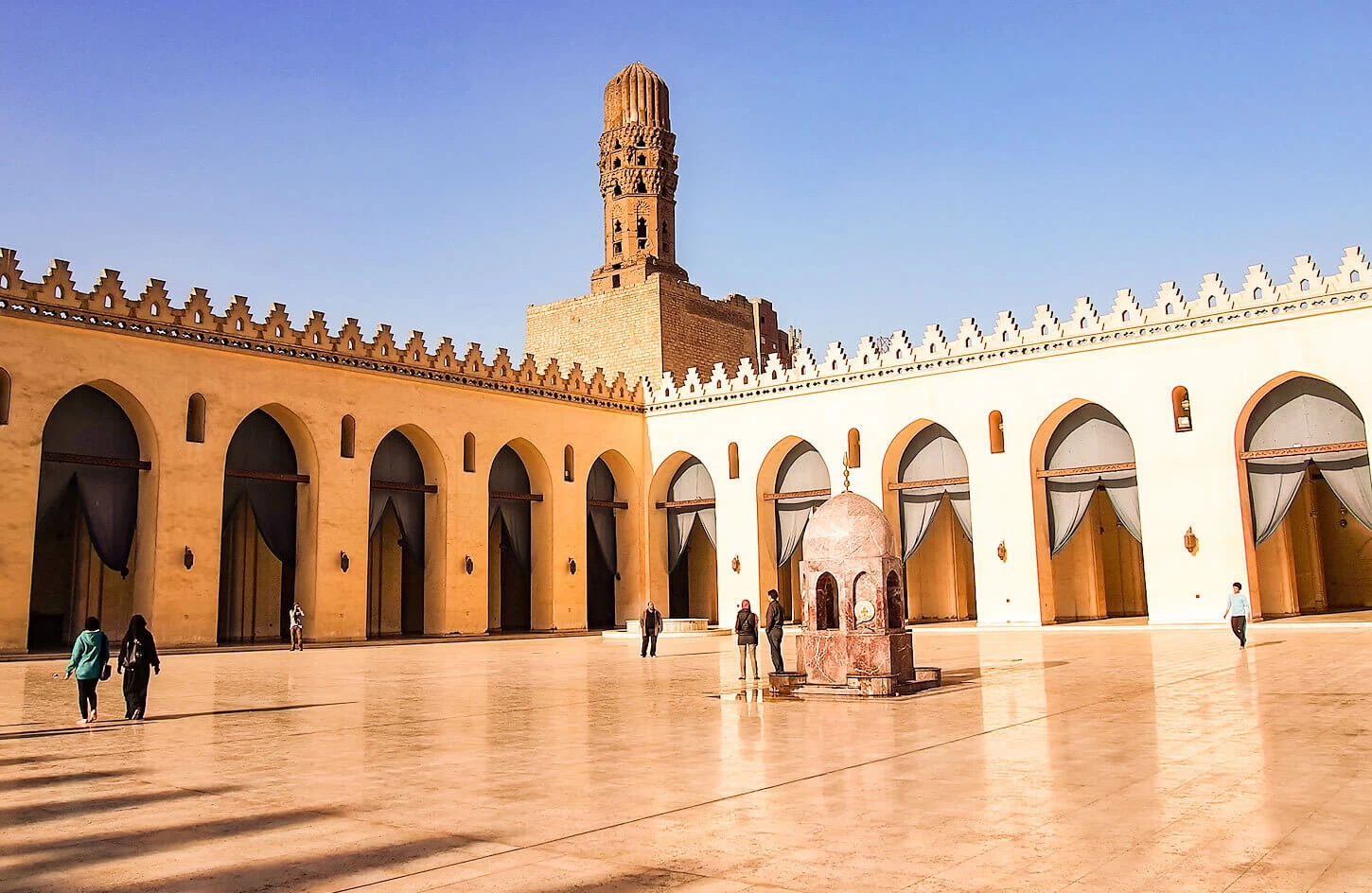
As you step into Islamic Cairo, you're surrounded by history and culture. Imagine walking through markets, with the sun shining on mosaics and spices in the air. You see towering minarets from the 9th century and enjoy a meal at a local café.
This is more than a tour; it's a journey through time. Every corner shows something amazing. You can see the Mosque of Muhammad Ali or find peace at Al-Azhar Mosque. In eight hours, you'll visit three mosques, including Sultan Hassan and Ibn Tulun.
Let's explore Islamic Cairo together. It's a place full of sights, sounds, and flavors. It's your doorway to a vibrant past filled with significance and wonder.
Introduction to Islamic Cairo
Islamic Cairo is known as "the City of a Thousand Minarets." It has a skyline full of history and architecture. It was founded in the 10th century by the Fatimid dynasty.
Today, it's a UNESCO World Heritage Site. It's famous for its Islamic culture and architecture.
Walking through Islamic Cairo's narrow streets, you'll hear the sounds of vendors and artisans. It's a lively place to explore. The area's architecture shows different styles from various periods.
You'll see the Mosque of Ibn Tulun, built in the late 9th century. Its helical minaret looks like the Tower of Babel and the Great Mosque of Samarra.
The area is about 5.23 square kilometers, perfect for walking tours. Walking lets you see the architecture's details. For longer trips, Uber or taxis cost around 45 EGP.
Don't miss the Gayer-Anderson Museum. It shows 16th- and 17th-century homes for 60 EGP.
Visiting Islamic Cairo takes you back to a time of learning and culture. Al-Azhar University, founded in 988 A.D., is here. The mix of history, architecture, and street life is captivating.
The Rich History of Islamic Cairo
The history of Islamic Cairo is a fascinating mix of ancient civilizations. These include Pharaonic, Greek, Roman, Byzantine, and Islamic influences. The Fatimid dynasty was key in shaping this city.
Founded by Jawhar al-Siqilli in 969 CE, the Fatimids made Cairo a hub of culture and learning. As you walk through the historic streets, you'll see sites like the Mosque of Ibn Tulun. It's a stunning example of Abbasid architecture from the 9th century.
The Al-Azhar Mosque, founded in 972, is also a highlight. It's one of the oldest universities in the world. This place has been a center of Islamic thought for over a thousand years.
Islamic Cairo is home to many mosques, tombs, and madrasas. These buildings show the area's deep history. The Saladin Citadel has been a government seat for over 700 years.
The Sultan Hassan Mosque and Madrasa are also must-sees. They showcase Mamluk architecture. Islamic Cairo was named a UNESCO World Heritage Site in 1979.
It covers 523.66 hectares, showing off its rich architecture. Efforts to restore these landmarks are ongoing. Islamic Cairo is a place where history, culture, and spirituality meet.
Must-See Historic Sites in Islamic Cairo
Exploring Islamic Cairo reveals a wealth of historic sites. Each one offers a peek into the city's rich architectural past. You'll find many monuments and beautiful mosques along Al-Qahira's historic paths.
- Al-Azhar Mosque: Founded in 970 AD, this mosque is a key center for Islamic learning. Over time, it has grown with new minarets, becoming a major landmark.
- Sultan Hassan Mosque: Its Mamluk architecture is breathtaking. This mosque is a must-see for anyone wanting to see Islamic Cairo's beauty.
- Ibn Tulun Mosque: One of the largest and oldest mosques in Islamic Cairo. Its size and design show the city's historical importance.
- Al-Ghouri Complex: Considered one of Cairo's best buildings, it shows the design and culture of its time.
- Al-Muizz Street: Known as an "open-air museum," this street has many medieval buildings. It showcases different architectural styles.
- Khan al-Khalili Bazaar: Built in 1382, this market is alive with trade and culture. It's a place to dive into the local vibe.
- Muski Street: A key spot for both locals and visitors. It offers a mix of shopping and local life.
Walking through Islamic Cairo, each site tells a story of the city's history. It's a historic place that's worth seeing.
Al-Azhar Mosque: The Heart of Islamic Theology
Al-Azhar Mosque is a key symbol of Islamic learning and faith. It was started in 970 A.D. by the Fatimid dynasty. This place is not just a beautiful building but also one of the oldest schools in the world.
It can hold over 20,000 people. This makes it a major spot for prayer and study in Cairo.
The mosque covers 15,600 m² (168,000 sq ft). It has a big courtyard, a central fountain, and five minarets. These minarets show off amazing Islamic art.
The mosque's design has changed over the years. It shows the improvements made by different rulers. For example, Caliph al-Hafiz made big changes in 1138.
At Al-Azhar University, students learn about theology and Islamic studies. They also study Arabic literature. This school has helped spread knowledge in the Islamic world for a long time.
- Open to visitors daily from sunrise to sunset
- Best visited during Ramadan for a vibrant atmosphere
- Modest dress is required for entry
The mosque is open to everyone. You can listen to lectures by famous scholars. You can also look around and find shops with Islamic art and souvenirs.
Al-Azhar Mosque shows the deep history of Islamic culture and education. It's a place you must see in Cairo.
Sultan Hassan Mosque: A Masterpiece of Mamluk Architecture
The Sultan Hassan Mosque is a top example of Mamluk architecture. It shows the beauty and skill of Islamic Cairo. Built from 1356 to 1363, it shows the art and building skills of that time.
It's huge, covering almost 8000 square meters. It's about 150 meters long and 68 meters wide. It grabs everyone's attention when they see it.
This mosque was more than just a place to pray. It was also a school. The Qibla iwan and eight windows on each side make it very detailed. This shows the beauty of Mamluk architecture.
Visitors can see it for 50 EGP, about USD 3. It's open every day from 9 am to 4 pm. Remember to dress modestly and take off your shoes before going inside. The site is safe, so you can enjoy it without worry.
- Construction began: 1356
- Construction completed: 1363
- Construction cost exceeded: one million dinars
- Daily construction cost: 30,000 dirham
- Height: 36 meters
- Four stories
While you're there, you can buy souvenirs like mosque replicas and Egyptian rugs. Seeing the Sultan Hassan Mosque will deepen your understanding of Mamluk architecture. It also connects you to Islamic Cairo's rich history.
Exploring the Architectural Wonders of Islamic Cairo
Islamic Cairo is full of amazing buildings that show its rich history and beauty. Walking down El-Moez Street, you'll see many old buildings. This street is about a kilometer long and has many historical sites.
Don't miss the impressive gates, Bab El Fetouh and Bab El Nasr. They show the area's amazing designs. The El-Aqmar Mosque is also a must-see. It has beautiful carvings and patterns that show the art of the time.
The Khan Al-Khalili bazaar adds to Islamic Cairo's charm. It's a lively market with crafts like brassware, jewelry, and textiles. You can learn about the local culture and see the buildings' beauty. Guides like Abdo Samy make the history come alive.
Exploring can take up to four hours. Guides speak many languages, including Arabic, English, and Spanish. The buildings here are some of the best in the Islamic world, says a United Nations study.
While exploring Cairo, a good driver like Mohammad Emem will help you. These buildings tell stories of faith and art. They leave a lasting impression on everyone who sees them.
Al-Hakim Mosque: A Gem of Islamic Architecture
The Al-Hakim Mosque is a key example of Islamic architecture. It was built from 990 to 1012 in Cairo. It was started by Caliph Al-Aziz and finished by Al-Hakim Bi Amrillah.
This mosque is the second big Fatimid mosque. It's also the fourth most important religious place in Egypt.
The mosque's design is stunning. It has features like the Ibn Tulun and Al-Azhar mosques. The central nave is special, with the mihrab in front of it.
The mihrab has a semi-circular dome. It's surrounded by two corner domes. This shows the careful design of Islamic architecture.
The mosque has two minarets, the oldest from the Fatimid period. It was damaged in an earthquake in 1303. But, it was fixed by Mamluk leader Baybars.
Even after repairs, the mosque keeps its historical value. The changes made included new arches in the prayer hall. This shows how styles can change over time.
- Construction spanned from 990 to 1012, reflecting over a thousand years of history.
- Features battlements first introduced in the Ibn Tulun Mosque.
- Completed restoration efforts included recent renovations in 1980.
The courtyard is a big open area. It's surrounded by covered arcades. It's used for both community and religious activities.
Visiting the Al-Hakim Mosque is like stepping back in time. It shows Cairo's rich Islamic history and architecture. This amazing place draws many visitors, making it a key part of Cairo's culture.
The Mamluk Architecture of Islamic Cairo
Mamluk architecture is a special part of Islamic Cairo's history. It happened from the 13th to the 16th century. This style made the area's buildings stand out with big domes, fancy minarets, and big courtyards.
The Mosque-Madrassa of Sultan Hassan is a key example. It has decorations of red, white, and black marble. This shows the Mamluk Sultanate's advanced engineering and art.
The Madrassa and Mausoleum of Qalaun, built in 1285, is also famous. It mixes Byzantine and Mamluk styles, making it a beautiful sight.
The Mamluks built places that were mosques, madrasas, and more. These buildings showed their faith and care for the community. They were built with balance in mind, facing the qibla and streets.
- Distinctive features include:
- Three-tiered minarets with unique shapes and elaborate balconies.
- Elaborate calligraphy and detailed stone carvings.
- Domes with cylindrical drums and pointed profiles, often with muqarnas.
- The impact of Mamluk architecture went beyond Cairo, to places like Damascus and Jerusalem.
Even after the Mamluk empire fell to the Ottomans in 1517, their buildings are a big part of Islamic Cairo. Their work inspires today's designs. You can see these amazing styles and feel the history of Islamic Cairo.
Al-Muizz Street: A Living Museum of History
Al-Muizz Street is a key part of Islamic Cairo. It links the northern gate of Bab-en-Nasr with the south gate of Bab-Zuweil. This street is like a living museum, showing over a thousand years of history through its amazing buildings and lively vibe.
The street was built by Al-Muizz, the fourth caliph of the Fatimid dynasty, in 969 A.D. It has monuments from the Ayyubid, Mamluk, and Ottoman dynasties. Visitors are amazed by the Mosque of Sultan Hakim, built in 1013, the Al-Akmar Mosque, established in 1125, and the Sultan Qalaun mosque complex, built between 1284 and 1285.
Walking through Al-Muizz Street, you can see many old buildings. You can also enjoy local crafts and food. Efforts to fix up the street started in 1997. They aim to keep its original look.
- Visit the Mosque of Al-Hakim bi Amr Allah, a striking example of 11th-century architecture.
- Discover Beyt El Suhaymi, a well-preserved glimpse into the life of a wealthy family in Old Islamic Cairo.
- Explore the Sultan Al-Ghuri Madrasa, built in 1505, which showcases the architectural prowess of the Ottoman Dynasty.
Al-Muizz Street is at the heart of Egypt's Islamic history. Every step shows the architectural influences that made this area special. It invites you to explore the rich culture and history of Islamic Cairo.
Cultural Significance of Islamic Cairo
Islamic Cairo shows Egypt's rich culture. It was founded in 969 AD by the Fatimid dynasty. This place is more than just history; it's a lively community with deep traditions.
The streets buzz with sounds of traders and smells of food. Every corner tells a story of history and daily life.
Islamic Cairo is a center for culture and art. It hosts many festivals and religious events all year. The Khan Al-Khalili souk, a 14th-century market, is a must-see. It mixes old traditions with new commerce.
Here, you'll see crafts that have been around for centuries. They show the skills and creativity of past generations.
The city's mosques, like Al-Azhar and Sultan Hassan, are architectural wonders. They show the city's religious and cultural side. Al-Azhar University, founded in 988 AD, highlights the value of education in Islamic traditions.
Islamic Cairo is a mix of old and new. It has over 400 historic sites. Visiting here lets you dive into local customs and traditions.
This experience enriches your visit and shows the lasting traditions of Egypt. It's a place where history and culture come alive.
Islamic Cairo: Fusion of Old and New
Islamic Cairo is a place where old and new meet. Ancient buildings stand next to modern ones. This mix makes the city exciting for visitors.
Walking around, you see old mosques and busy streets. Here are some examples:
- The Sultan Hassan Mosque shows off Mamluk architecture from the 14th century. It looks amazing against today's city.
- The Khan El Khalili marketplace has been Cairo's heart for commerce for centuries. It's a place where old and new meet.
- Bayt al-Suhaymi, built from 1648 to 1797, is a house with beautiful designs. It fits right in with today's world.
In Islamic Cairo, you can enjoy both old and new. Cafés and restaurants serve Egyptian food and international dishes. The city's culture is a mix of old and new too.
Exploring this city, you see how tradition and modernity blend. Islamic Cairo shows Egypt's growth and respect for its past.
Egypt Tourism: Why Visit Islamic Cairo?
When planning your Egypt tourism, don't miss Islamic Cairo. It's a deep dive into history and culture. Founded in 969 by the Fatimid caliphs, it shows Egypt's Islamic heritage.
Places like the Al-Azhar Mosque and Khan El-Khalili show its beauty. Each corner tells a story, making it a top spot for travelers.
Your visit to Islamic Cairo will be filled with culture. Markets like Khan El-Khalili and mosques like Al-Hussein Mosque are unforgettable. You'll see old and new life together in the streets.
Customized travel packages from Egypt Day Trips can enhance your visit. They make sure you see the best of Islamic Cairo. Its history, architecture, and culture are key to your Egyptian adventure.
